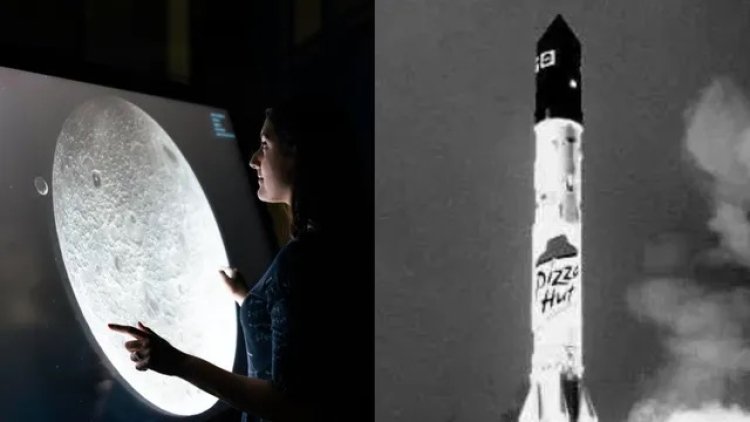Advertising in Space: Brands Aim for Orbiting Customer Engagement
From Pizza Hut’s lunar delivery to ALE’s meteor shower, brands experiment with space ads—but critics warn of cosmic pollution and the risks of permanent orbit billboards.

What began as a quirky concept has now vaulted into reality: brands advertising beyond Earth’s atmosphere. As Tesla’s Roadster drifts through space and Pizza Hut once delivered a six‑inch pizza in orbit, forward‑thinking marketers see the final frontier as fertile new ground. However, this cosmic canvas raises thorny questions around regulation, environmental impact, and the ethics of commercialising the night sky.
A Star‑Studded History
Advertising in space dates back to 1990 when Tokyo Broadcasting System emblazoned its logo on a Soviet launch vehicle, catapulting journalist Toyohiro Akiyama into orbit and global fame. Since then, brands such as Pizza Hut (2001 lunar pizza stunt), Columbia Sportswear (lunar lander logo), Estée Lauder (serum photoshoot on the ISS), and Tesla (Falcon Heavy Roadster) have pushed the envelope, turning spacecraft into stealth billboards.
From Fun Gimmicks to Intrusive Billboards
While most early initiatives were subtle, logos on rockets or fleeting payloads, Japanese startup Astro Live Experiences (ALE) now plans artificial meteor showers, and former Space Marketing Inc. envisioned a kilometre-long orbital billboard visible from Earth. These bolder proposals have ignited fierce debate: proponents praise global reach and novelty; opponents cite risks of space debris, light pollution, and irreversible clutter in a shared cosmic commons.
Regulatory and Ethical Hurdles
Outer space is governed by international treaties emphasising peaceful, scientific use. No clear framework exists for advertising, leaving nation‑state regulators scrambling. Scientists warn that reflective billboards could disrupt astronomical observations and contribute to orbital debris, a growing hazard for satellites and manned missions. Ethically, critics argue the night sky is humanity’s heritage, not an advertising medium.
The Path Forward
As commercial interests eye the cosmos, industry consortia and space agencies must develop guidelines: size limits for reflective surfaces, deorbiting requirements, and impact assessments on astronomy. Brands experimenting with space advertising should adopt voluntary codes—ensuring stunts are safe, sustainable, and respect the night sky.
Marketing Lessons from the Final Frontier
Despite controversies, space advertising offers unmatched PR value. Early adopters have enjoyed global headlines, social‑media virality, and memorable brand buzz. For marketers, the lesson is clear: novelty paired with audacious execution can yield outsized attention, but must be balanced against long‑term reputational risks and environmental stewardship.
Final Thoughts
Advertising in space represents both a giant leap for marketing creativity and a potential misstep for planetary preservation. As brands strive to stand out, the industry faces a pivotal choice: responsibly pioneer the final frontier, or risk leaving a permanent, unwanted mark on humanity’s shared sky.












